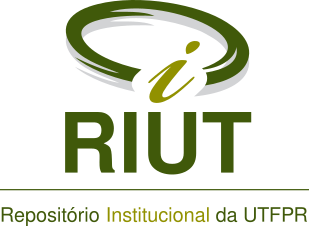The impacts of transposition methodological decisions on energy and economic analysis for hydroelectric generation projects
Resumo
Hydroelectric generation is the most widely used form of renewable energy generation in the world. In order to estimate hydroelectric energy potential, transposition of flow data is commonplace, allowing for the transfer of data from one fluviometric station to one or more potential hydroelectric point of interest. Using the relation between drainage areas is among the most used methodologies for flow transposition. In light of this, this article aims to evaluate the impact of flow data transposition through area relation on energy and economic potential for a hydroelectric dam. To do so, three sets of hydroelectric dams were used in three distinct hydrographic areas in Brazil with different distances and drainage areas between them. For each of the dams, hydrologic, energy, and economic calculations relied on permanence curve, maximum net benefit, and levelized cost of electrical energy methodologies. The results emphasize the difficulty in establishing a pattern or correlation for the deviations based on this single analysis parameter, thus indicating that the transposition methodology may lead to errors in the prospecting of hydroelectric dam energy potential.
Palavras-chave
Texto completo:
PDF (English)DOI: 10.3895/rts.v21n64.19258
Apontamentos
- Não há apontamentos.
Direitos autorais 2025 CC-BY

Esta obra está licenciada sob uma licença Creative Commons Atribuição 4.0 Internacional.





